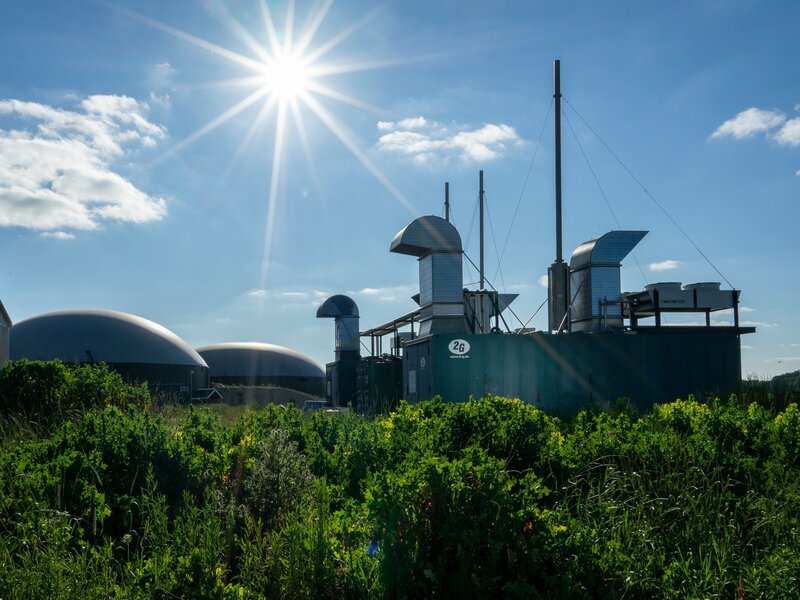Heat and Power made from bio-waste
The plant system utilizes methane produced from their farm manure and imported organic waste
Facts & figures

The Athlone farm southeast of Stratford is converting methane from cow manure and bio-waste to electrical and thermal energy. Athlone Farms Inc., the 600-acre dairy and crop farm retained PlanET Biogas Solutions Inc., to construct a biogas system that will provide enough electricity to power at least 500 homes. By utilizing methane produced from their farm manure and imported organic waste, the system reduces atmospheric methane, provide a better quality of crop nutrient and even supply clean bedding for the farm's dairy animals. The owner applied to the Ontario Power Authority (OPA) in 2010 and received approval to proceed in 2011 and to produce power for Ontario's electricity grid. PlanET Biogas Solutions Inc., a long-standing customer of 2G ordered a 500kW/h 2G Twin Pack Biogas CHP system equipped with 2 x 250kW/h energy conversion systems operating synchronized. This compact CHP module is highly efficient and provides many advantaged over and above more common power generation systems. The customer signed a 20-year contract with the OPA to supply power to the grid. Apart from using the manure from the farm as a fuel source, the anaerobic digester will accept off-farm organic green waste that normally would go to landfills. By collecting the methane from manure and green waste, and converting it to produce electrical and thermal power, the farm produces 25 times less atmospheric methane than would naturally be produced.
The farm is a receiving facility that will accept the off-farm waste. The material will be contained in covered storage prior to being mixed with manure in a nearby dome-covered bio digester that is 70 feet (21 meters) in diameter and 20 feet (six meters) high. A second digester of the same has been planned to be added in the near future. Another technology installed will separate the residue solids for use as semi-sterile animal bedding or fertilizer.


